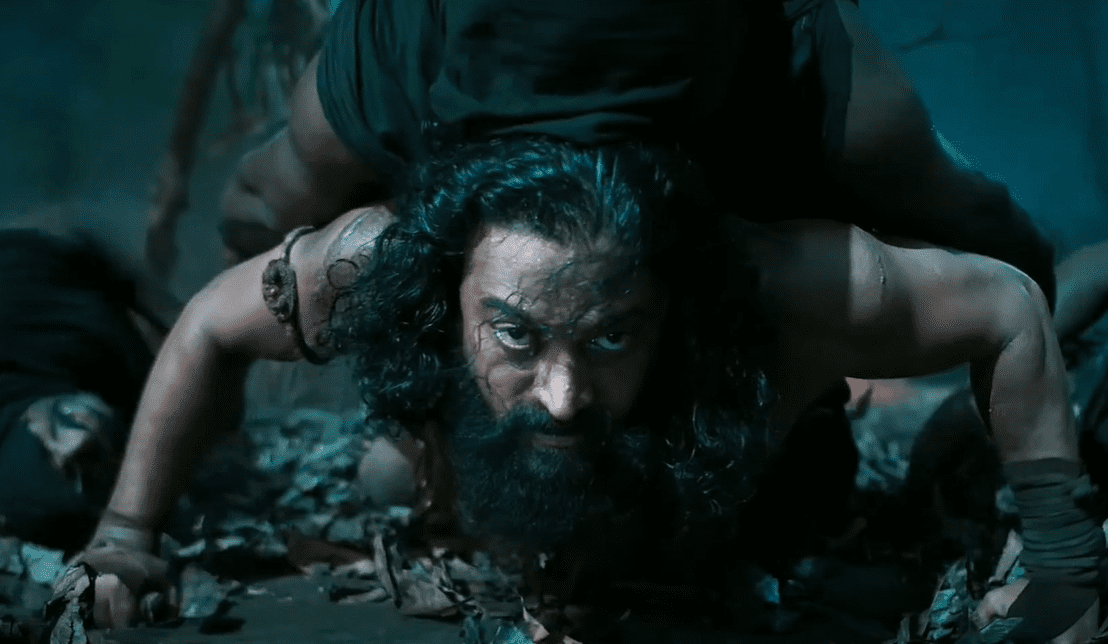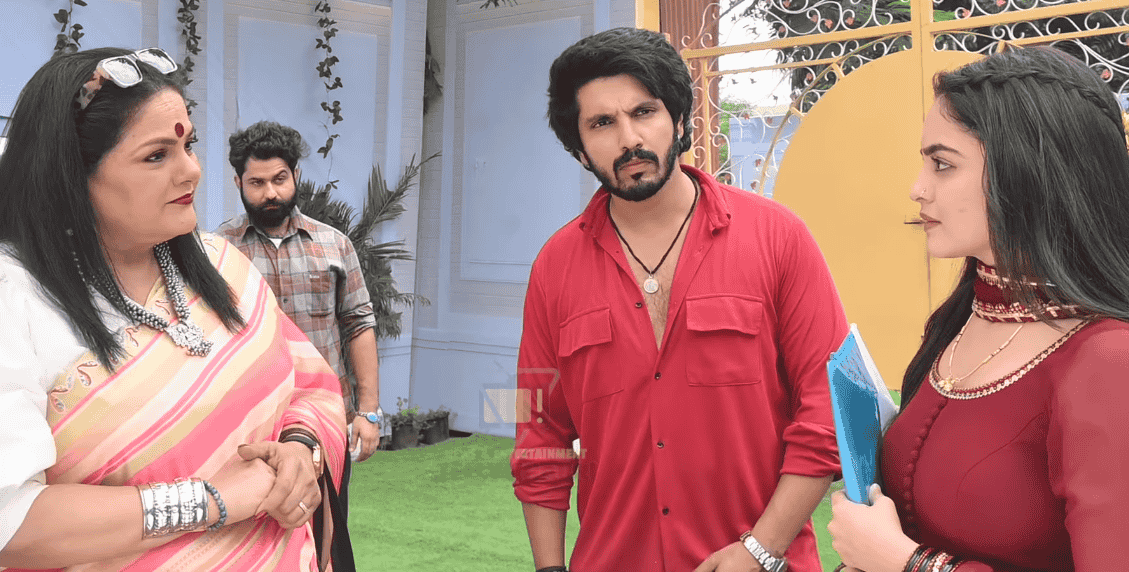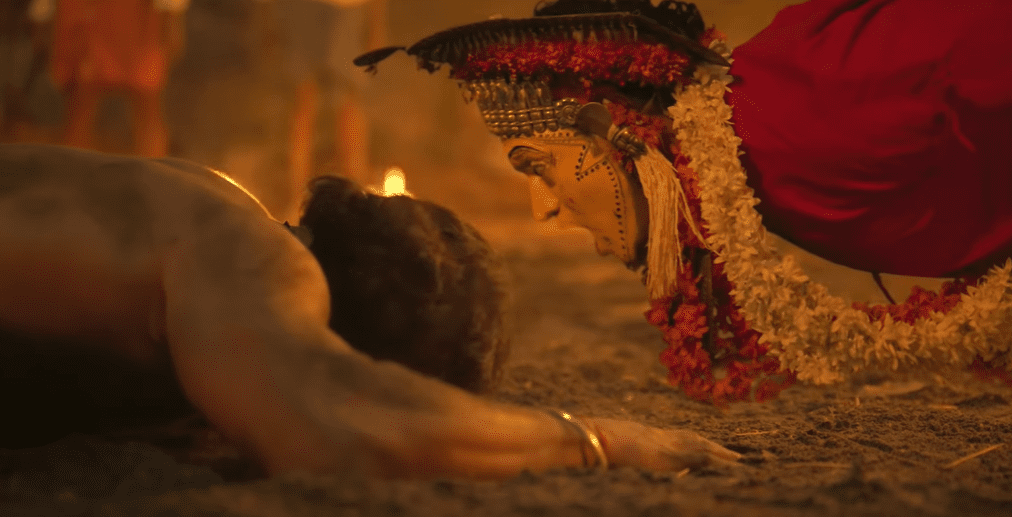

Table of Contents
The Global Phenomenon of Kantara Chapter 1
When Kantara first hit theaters in 2022, it changed the face of Indian cinema forever. Its blend of folklore, divinity, and human emotion captivated audiences worldwide. With Kantara Chapter 1, director Rishab Shetty expands this universe into a grander narrative that intertwines mythology, faith, and destiny. The film’s box office success is not just a measure of earnings. It’s a symbol of how storytelling rooted in culture can achieve universal appeal.
From India’s coastal villages to metropolitan cities abroad, Kantara Chapter 1 has become a cinematic phenomenon. Audiences are fascinated by its spiritual undertones, visual mastery, and emotional intensity. The film’s worldwide box office collection proves that authentic storytelling resonates globally.
The Rise of Rishab Shetty’s Vision and the Evolution of Indian Folklore Cinema
Rishab Shetty, a multi-talented artist who wrote, directed, and starred in the film, has elevated the standard for regional cinema. His focus on authentic representation of traditions like Bhoota Kola and Daiva Aradhane has earned him global acclaim. The director’s vision—to bridge mythology and modernity—has resulted in one of the most culturally rich cinematic experiences of the decade.
Shetty’s meticulous attention to detail and ability to create emotional depth transformed Kantara Chapter 1 into a saga that speaks to the soul. His storytelling style, blending local traditions with universal human conflicts, gave rise to a new wave of Indian folklore-based cinema.
Storyline Overview: A Deeper Dive into the Divine Narrative
Kantara Chapter 1 explores the origins of the mystical deity introduced in the first film. Set in the pre-modern era, the story reveals the divine-human connection between protector and devotee. Themes of ancestral duty, spiritual conflict, and cosmic balance dominate the narrative. The movie’s cinematography and score elevate every frame, immersing audiences into the rustic yet divine world of coastal Karnataka.
This chapter unfolds with grandeur—expanding its universe to showcase the roots of faith and the divine law of karma. The script seamlessly balances thrilling action sequences with profound philosophical undertones, keeping viewers emotionally invested.
Production Scale, Budget, and Behind-the-Scenes Magic
The production of Kantara Chapter 1 was a colossal task. Backed by Hombale Films, the same studio behind KGF and Salaar, the movie was produced with a massive budget of ₹150 crore. The team constructed elaborate sets depicting ancient coastal villages, used real ritual performances for authenticity, and employed groundbreaking VFX to capture divine transformations.
Hundreds of local artists and traditional performers were involved in recreating the rituals authentically. The cinematography by Arvind Kashyap and music by Ajaneesh Loknath transformed the project into a sensory masterpiece. The film’s spiritual essence was amplified through months of research and real-life documentation of Daiva traditions.
Opening Day Explosion: Setting New Records Worldwide
Kantara Chapter 1 stormed into cinemas with overwhelming enthusiasm. It grossed ₹45 crore worldwide on its opening day, breaking records in the Kannada film industry. Across India, multiplexes and single-screen theaters saw houseful shows. International markets such as the UAE, USA, UK, and Australia witnessed massive footfalls from both South Asian and non-Indian audiences.
Fans shared emotional reactions online, calling it “a spiritual experience, not just a movie.” The film trended globally on Twitter and YouTube, marking an explosive start to its box office journey.
India Box Office Collection: A Historic Run
Within three weeks, Kantara Chapter 1 grossed ₹550 crore in India alone. The Kannada version contributed the lion’s share of ₹300 crore, while dubbed versions in Hindi, Tamil, Telugu, and Malayalam accounted for the rest. The film’s universal message of divine justice and cultural identity resonated across linguistic barriers.
In southern states, repeat viewings became common—many fans watched it multiple times, citing its emotional depth and visual splendor. In the Hindi-speaking belt, the film’s dubbed version outperformed several major Bollywood releases.
Overseas Box Office Triumph: Crossing Oceans of Faith
The film’s overseas performance was equally magnificent. Kantara Chapter 1 collected over ₹200 crore internationally, with spectacular numbers in North America, Europe, the Middle East, and Southeast Asia. International critics praised its originality, calling it a film that “defines cultural cinema in the modern age.”
Festivals and film societies across the world are planning special screenings, while universities in the US have shown interest in studying its representation of folklore. The movie’s success underscores how deeply Indian spirituality can resonate with foreign audiences.
Worldwide Box Office Gross and Records Broken
Combining domestic and overseas numbers, Kantara Chapter 1 has surpassed ₹750 crore worldwide (approx. $90 million). This phenomenal achievement places it among the top 10 highest-grossing Indian films of all time, surpassing several star-studded Bollywood projects.
Trade analysts believe that Kantara Chapter 1’s long theatrical run and strong emotional recall will help it cross ₹900 crore in lifetime earnings. Its performance is a testament to the growing global appeal of South Indian cinema.
Critical Acclaim and Public Sentiment
Critics across the board have labeled Kantara Chapter 1 as a cinematic masterpiece. The film’s emotional layering, powerful performances, and breathtaking cinematography have earned it glowing reviews. Viewers described their experience as “transcendental,” saying the film left them reflecting on spirituality and human morality.
The audience’s word-of-mouth campaign transformed it into a cultural celebration. Memes, art, and fan edits flooded social media, turning Kantara Chapter 1 into more than just a box office hit—it became a movement.
Comparison: Kantara Chapter 1 vs. Other Mega Blockbusters
When compared to mega-hits like RRR, KGF Chapter 2, and Pushpa: The Rise, Kantara Chapter 1 distinguishes itself through its emotional and spiritual depth. While others showcased spectacle and heroism, Kantara drew its power from belief and identity. Its success highlights a shift in audience preference—from loud entertainment to meaningful storytelling.
Music and Background Score: The Soul of Kantara
Composer Ajaneesh Loknath once again delivered a spine-chilling background score that infused divine energy into every frame. Traditional percussion, flute, and chants blended seamlessly with cinematic orchestration. The soundtrack topped streaming charts, with songs like Varaha Roopam evoking goosebumps among fans.
The music didn’t just accompany the visuals—it carried the film’s spirit. Every note became part of the narrative, binding emotion, faith, and fear together into one unforgettable auditory experience.
Social Media Buzz and Fan Movement
Online buzz played a monumental role in the film’s ongoing success. From viral TikToks to fan-led prayer gatherings inspired by the movie, Kantara Chapter 1 transformed into a cultural moment. Global influencers, critics, and celebrities joined the conversation, further fueling its momentum.
On YouTube, behind-the-scenes videos and fan theories garnered millions of views, keeping the conversation alive long after release.
OTT and Satellite Rights: The After-Theater Triumph
Streaming platforms entered fierce competition to acquire Kantara Chapter 1. Eventually, Netflix won the rights for a record-breaking ₹150 crore, marking one of the highest deals for a Kannada film. Satellite rights and brand partnerships brought total post-theatrical revenue close to ₹250 crore, pushing the film’s total collection beyond ₹1,000 crore.
Legacy, Cultural Impact, and Future Sequels
The post-credit scene hints at the continuation of this divine saga. Kantara Chapter 2 is already in pre-production and expected to release by late 2026. With audiences eager for more, experts predict the sequel could easily surpass its predecessor both critically and commercially.
Beyond cinema, Kantara has revived conversations around indigenous cultures and traditional rituals. Its portrayal of faith and morality has encouraged younger generations to reconnect with their cultural roots.
Conclusion: A Triumph of Faith and Filmmaking
Kantara Chapter 1 is more than a movie—it’s a movement that celebrates heritage, divinity, and the strength of belief. Rishab Shetty’s vision has turned regional folklore into a universal language of cinema. Its record-breaking box office collection worldwide is proof that stories of the soul can outshine even the grandest of spectacles.
Kantara Chapter 1 will forever be remembered as a film that bridged mythology and modernity, faith and art, emotion and excellence.




